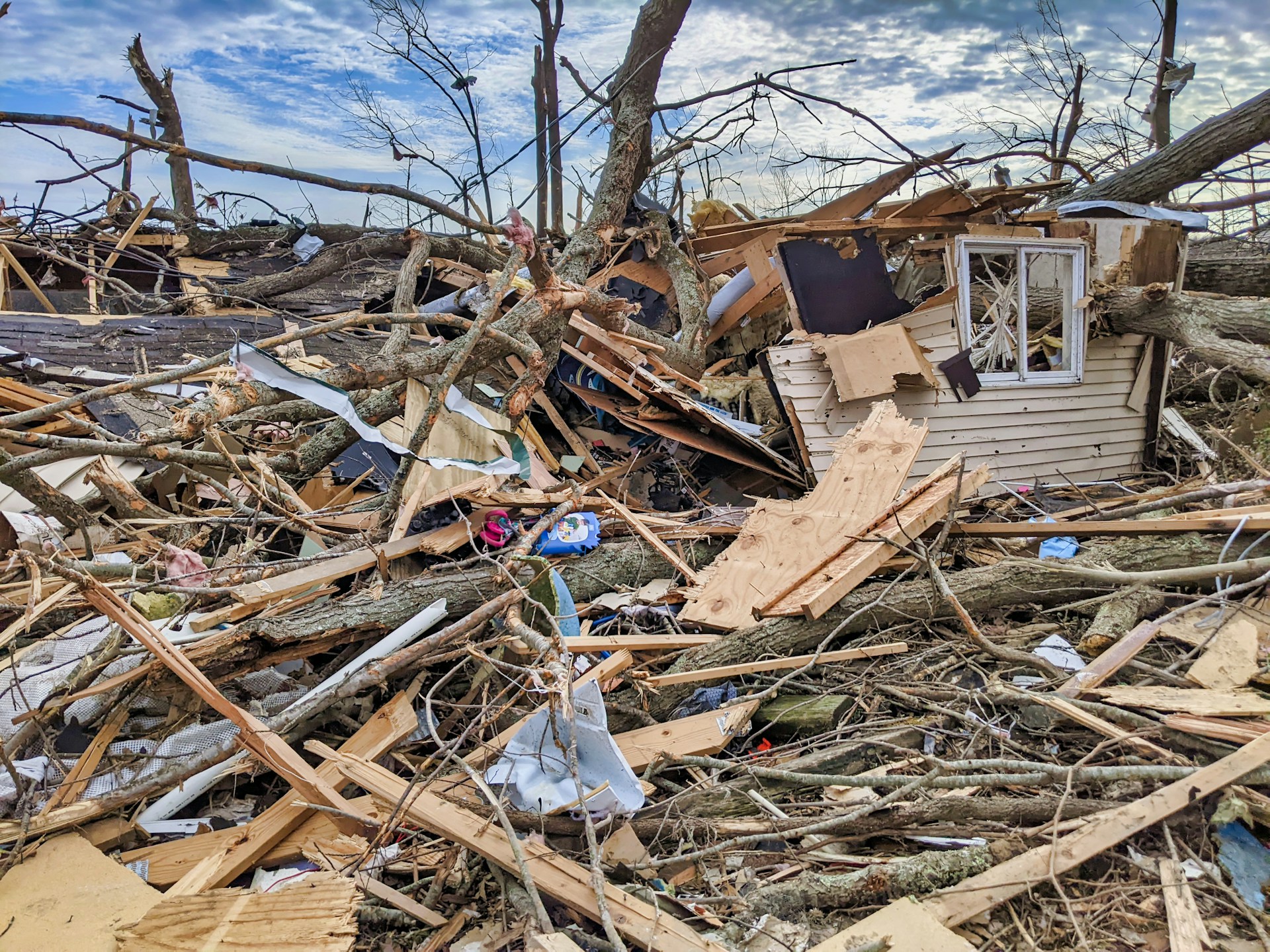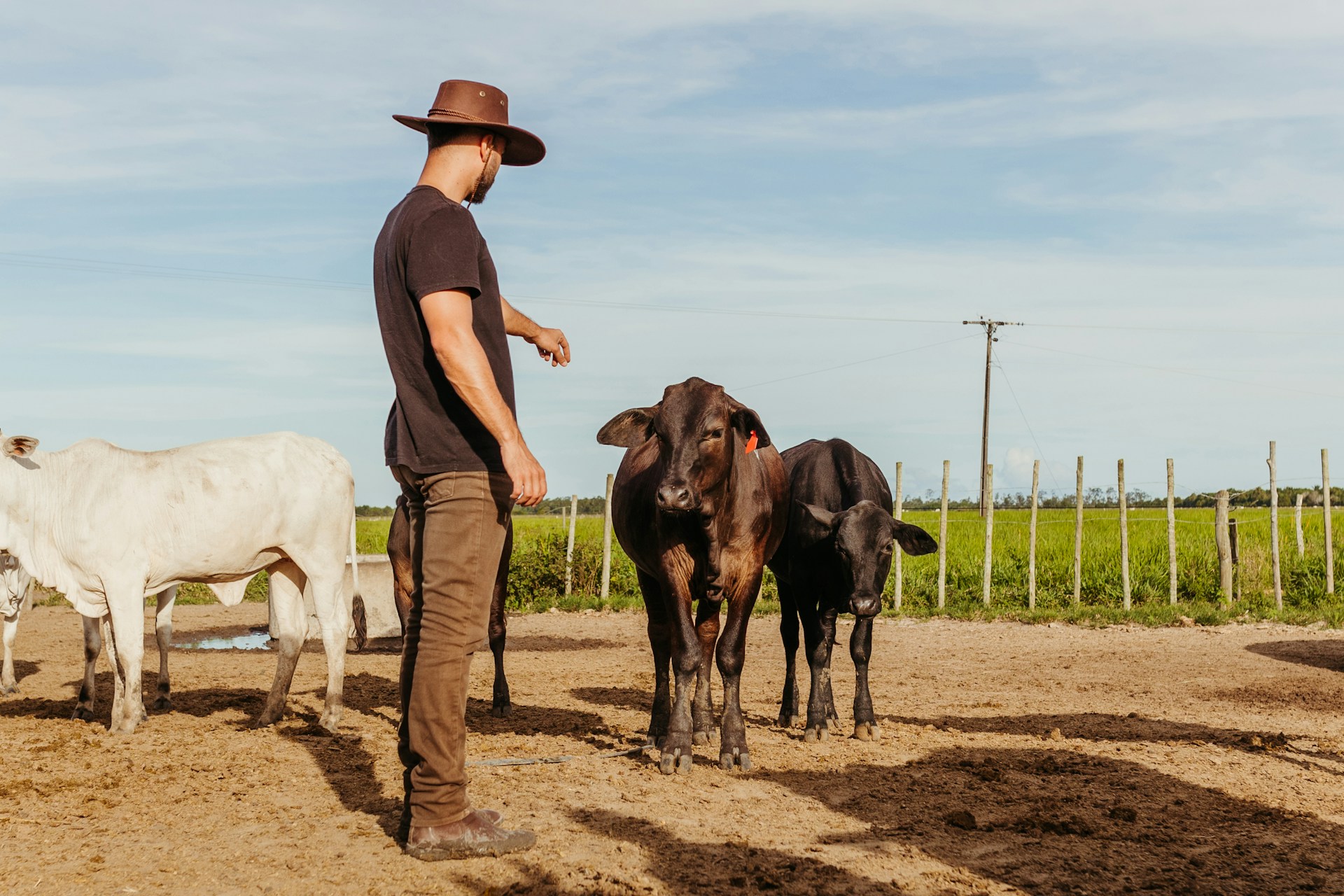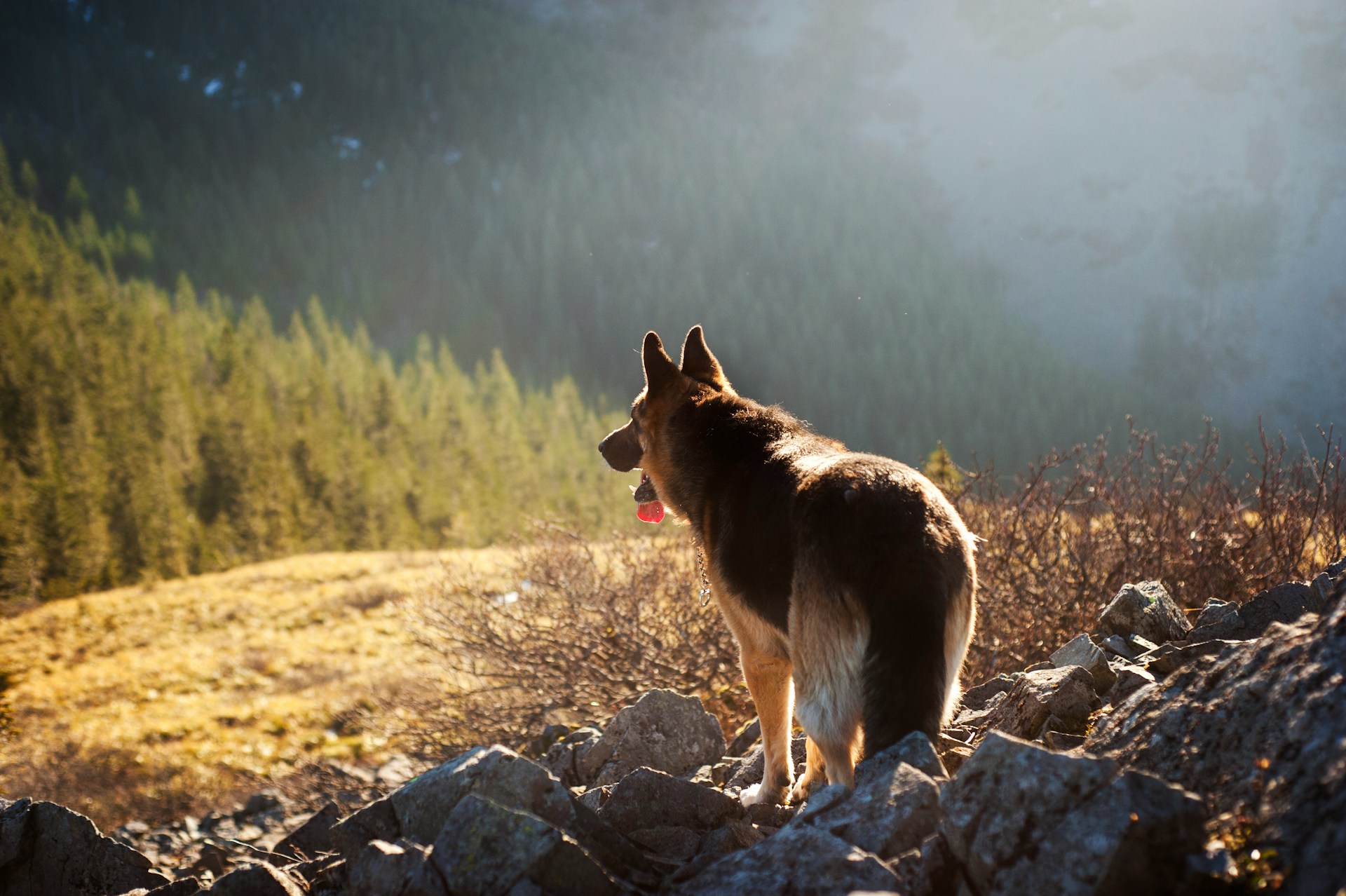Preparedness
Ultimate Tornado Survival Kit Guide: Prepare and Protect Your Family

Preparing for a tornado can be daunting, but having a well-equipped survival kit is a crucial step in ensuring your safety and that of your loved ones. This guide will walk you through the essentials needed in a tornado survival kit, covering everything from protective gear to communication devices.
Understanding the risks in your area is the first step. Research your region’s tornado season and historical risk levels to tailor your kit accordingly. Areas with higher risks may require additional precautions and supplies.
Store your survival kit in a secure location like a basement or storm shelter, where it can be easily accessed by all family members. Use a waterproof container or plastic bin to keep your supplies dry and organized.
Your kit should include personalized items such as necessary medications, dietary-specific foods, and supplies for infants or elderly family members. Don’t forget comfort items for pets and children to help reduce stress during the storm.
“Conduct tornado drills so everyone knows their role and location.” Timing these drills can help identify any improvements needed for quicker access to your kit and shelter.
A tornado survival kit, often referred to as a tornado bag, is essential for weathering a tornado safely. Basic items include a backpack or plastic bin to hold your supplies, a first aid kit, and a whistle to signal for help. These items are fundamental, but customizing your kit based on personal needs is equally important.
Staying informed is critical. “The most crucial thing is to stay alert and pay attention when tornado warnings are issued in your area.” Utilize multiple sources like TV, radio, and smartphone apps to monitor weather alerts.
When a tornado warning is issued, seek the most protective shelter possible. Basements, storm cellars, or interior rooms on the lowest floor are ideal. Avoid rooms with windows or exterior walls and stay covered under something sturdy.
Having the right gear during a tornado can protect your family and provide essential communication and lighting if the power fails. Equip your kit with sturdy helmets, shatterproof goggles, and N95 respirator masks. A battery-powered or hand-crank NOAA weather radio is crucial for receiving emergency alerts when other systems fail.
Multiple flashlights with extra batteries ensure visibility, and durable work gloves protect your hands from debris. “Equipping your tornado kit with protective gear enables your family to remain safer in dangerous conditions.”
In addition to safety gear, stockpile emergency food and water. Canned goods, protein bars, and dehydrated meals are practical choices. Plan for at least one gallon of water per person per day, using clean, food-grade containers.
Comfort items like warm blankets, inflatable pillows, and entertainment options can make sheltering more bearable. Proper clothing for both indoor and potential outdoor conditions is also essential.
Communication is key during a tornado. Pack a loud emergency whistle and two-way radios for reliable backup communication. Keep chargers for all devices in waterproof bags and ensure they’re fully charged before tornado season begins.
Securing important documents is vital. Store copies of identification, medical records, and insurance information in a waterproof container. This ensures you have access to necessary documents for filing claims and accessing aid services.
In summary, a well-stocked tornado survival kit is an investment in your family’s safety. Keep your kit in an accessible location, update it regularly, and tailor it to your household’s unique needs. With preparation and the right supplies, you can face tornadoes with greater confidence and security.
Let us know what you think, please share your thoughts in the comments below.

Preparedness
Safeguard Your Livestock: Essential Tips for Emergency Evacuations

The recent fires in California have brought to light the urgent need for preparedness, especially when it comes to safeguarding livestock during emergencies. The devastation has been particularly hard on Nigerian Dwarf goat breeders, some of whom managed to save only a few animals, while others lost entire herds. These small goats can fit in a car, yet breeders of larger livestock like cattle and horses faced even graver challenges, often having to leave their animals behind to face the advancing flames.
While it is not always feasible to save every animal in a disaster, especially in fast-moving fires, there are proactive steps that can be taken to prepare for emergency evacuations. The key lies in meticulous planning and swift action to protect both you and your animals, whether they are pets or livestock.
First and foremost, assembling an evacuation kit is crucial. This kit should include essential supplies, veterinary information, and a detailed evacuation plan that has been rehearsed. As one expert notes, “Protect your whole family when emergencies arise with the proper supplies, veterinary information, animal identification and an evacuation plan that has been practiced.”
It’s important to have written directions to your home readily available. This can assist you and emergency responders in locating your property quickly. Additionally, identifying alternate sources of food and water is vital, as floodwaters can be contaminated with sewage or chemicals.
Ensuring that vehicles are well-maintained and fueled is another critical step, as is keeping emergency cash on hand since ATMs might not function during a crisis. If evacuation becomes impossible, selecting the safest housing option for your animals is essential, even though the situation may still pose significant risks.
Regular assessments of barns and other structures for stability and safety are recommended. Removing dead trees and minimizing debris in fields can also reduce hazards. For those in wildfire-prone areas, maintaining a defensible space around structures by clearing away brush is advised.
Keeping a detailed list of your animals, including their species, number, locations, and favorite hiding spots, can save valuable time during a rescue. This list should be kept near your evacuation supplies. It’s also crucial to ensure your animals are identifiable in case they get separated from you. “Make it a habit to keep a notebook complete with identifying pictures and a record on the type of identification each animal carries along with any vet records,” advises a preparedness expert.
Types of identification for livestock include using livestock marking crayons, non-toxic spray paint, or non-water-soluble markers to write on the animal’s side. Preparing animals for evacuation involves familiarizing them with being loaded onto a trailer and locating prearranged evacuation sites outside your immediate area. Possible locations could be other breeders, ranchers, or farmers willing to temporarily house your stock.
In conclusion, while it is impossible to predict every scenario, being prepared for livestock emergency evacuations can make a significant difference. By developing a comprehensive plan and ensuring all necessary preparations are in place, you can increase the chances of keeping your animals safe during disasters.
Let us know what you think, please share your thoughts in the comments below.
Preparedness
Keep Pets Cool And Safe As Temperatures Soar

As temperatures rise, it’s crucial to understand how our furry companions handle the heat. Unlike humans, cats and dogs don’t have sweat glands distributed throughout their bodies. Instead, they possess only a few, located in their feet and around their noses. This limited capacity for sweating means that many animals must rely on panting and external methods of cooling to regulate their body temperature.
Heatstroke is a risk for all animals, making it essential for pet owners to actively prevent it. Certain breeds, particularly those with brachycephalic anatomy, are at an increased risk. Flat-faced breeds like Pugs, English Bulldogs, French Bulldogs, as well as Persian and Himalayan cats, are more susceptible due to their unique facial structures.
To protect your pets during hot weather, ensure they have access to plenty of fresh water and a cool, shaded area. It’s also wise to avoid strenuous activities during peak heat hours. By taking these precautions, you can help your pets stay safe and comfortable when the temperature climbs.
Let us know what you think, please share your thoughts in the comments below.
Preparedness
Survive Smarter Pack Lighter Essential Tips for Emergencies

In the world of survival, the mantra “less is more” holds significant weight. When faced with an emergency scenario, the ability to move swiftly and efficiently is crucial. Carrying a hefty load can hinder your progress and wear you out, especially if you’re not accustomed to hauling a 60-pound pack regularly. Instead, focus on the essentials and aim to keep your pack under 25 pounds.
The temptation to fill your bag with gadgets and gear can be strong, but it’s important to remember that the more you know, the less you need to carry. By honing your survival skills, you can significantly reduce the amount of equipment you need to lug around. This approach is particularly beneficial in a “Get Out Of Dodge” situation, where speed and agility are paramount.
Your gear should be streamlined, with a focus on necessities. Some redundancies are wise for critical items, but avoid overloading your pack. A durable backpack in natural colors like grey, muted greens, browns, or blues is ideal, as it blends well in both woodland and urban environments. Avoid camo patterns or tactical-looking bags that might draw unwanted attention in urban areas.
When it comes to shelter, think versatile and lightweight. A shelter kit should include something to sleep under, on, and in, along with cordage for assembly. A tarp can be more advantageous than a tent, offering flexibility and doubling as rain gear if needed. For bedding, consider filling contractor-grade trash bags with leaves or grass, or opt for a high-tech sleeping pad. An emergency blanket or poncho liner, often called a “woobie,” can serve as your sleeping bag.
“Try using 550 paracord just for the ridgeline – this means you will only need to pack about 60 feet of it.” For the rest of your shelter construction, #36 bankline is a solid choice. While stakes can be fashioned from natural materials, packing six aluminum or titanium tent stakes can be beneficial, especially if you’re dealing with challenging conditions.
Fire-making is another critical skill. It’s wise to have at least three methods for starting a fire: a Bic lighter, a ferro rod, and a Fresnel lens are good options. Ready-made tinder, such as cotton balls with Vaseline or a tin of mini-infernos, can be invaluable when you’re cold and wet, and your dexterity is compromised.
In summary, lightening your load is about prioritizing skills over equipment and ensuring your gear is both efficient and effective. By doing so, you can cover ground quickly and meet your immediate needs without unnecessary strain.
Let us know what you think, please share your thoughts in the comments below.
-

 Tactical1 year ago
Tactical1 year ago70-Year-Old Fends Off Intruder with Lead-Powered Message
-

 Tactical1 year ago
Tactical1 year agoVape Shop Employee Confronts Armed Crooks, Sends Them Running
-

 Preparedness1 year ago
Preparedness1 year agoEx-Ballerina’s Guilty Verdict Sends Tremors Through Gun-Owner Community
-

 Preparedness11 months ago
Preparedness11 months agoGood Samaritan Saves Trooper in Harrowing Interstate Confrontation
-

 Tactical1 year ago
Tactical1 year agoMidnight SUV Theft Interrupted by Armed Homeowner’s Retaliation
-

 Survival Stories2 years ago
Survival Stories2 years agoEmily’s 30-Day Experience of Being Stranded on a Desert Island
-

 Preparedness11 months ago
Preparedness11 months agoArizona Engineer’s Headless Body Found in Desert: Friend Charged
-

 Preparedness11 months ago
Preparedness11 months agoBoy Saves Dad from Bear Attack with One Perfect Shot